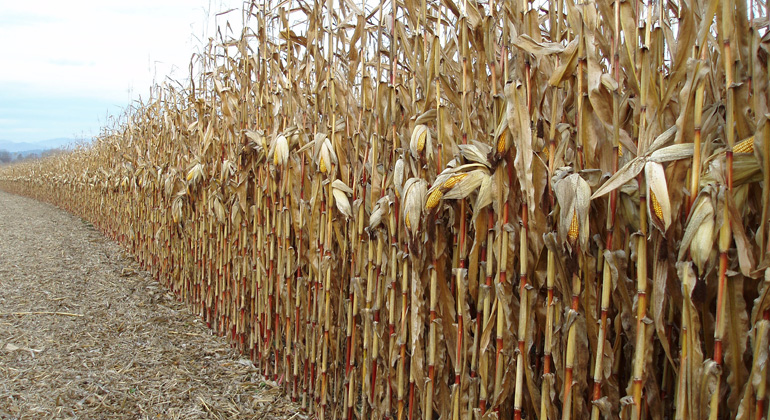Summer storm weakening leads to more persistent heat extremes
Storm activity in large parts of the US, Europe and Russia significantly calmed down during summers over the past decades, but this is no good news.
The weakening of strong winds associated with the jetstream and weather systems prolongs and hence intensifies heat extremes like the one in Russia in 2010 which caused devastating crop failures and wildfires. This is shown in a study to be published in the renowned journal Science by a team of researchers from the Potsdam Institute for Climate Impact Research. They link the findings to changes in the Arctic caused by man-made global warming.
“When the great air streams in the sky above us get disturbed by climate change, this can have severe effects on the ground,” says lead-author Dim Coumou. “While you might expect reduced storm activity to be something good, it turns out that this reduction leads to a greater persistence of weather systems in the Northern hemisphere mid-latitudes. In summer, storms transport moist and cool air from the oceans to the continents bringing relief after periods of oppressive heat. Slack periods, in contrast, make warm weather conditions endure, resulting in the buildup of heat and drought.”
Climate change might further weaken circulation in the warm season
Previous studies by other researchers mostly focused on winter storms, as these are usually the most damaging. While regionally the frequency or intensity of winter storms might change, on average storm activity in the cold season remains largely unchanged. In summer, however, the analysis of observational data coming from weather stations and satellites reveals a clear decrease in the average storm activity. This means a reduction in either frequency or intensity, or of both. The scientists studied a specific type of turbulences known as synoptic eddies, and calculated the total energy of their wind speeds. This energy, which is a measure for the interplay between intensity and frequency of high and low pressure systems in the atmosphere, dropped by roughly one tenth since 1979.
“Unabated climate change will probably further weaken summer circulation patterns which could thus aggravate the risk of heat waves,” says co-author Jascha Lehmann. “Remarkably, climate simulations for the next decades, the CMIP5, show the same link that we found in observations. So the warm temperature extremes we’ve experienced in recent years might be just a beginning.”
The Arctic factor: warming twice as fast as most other regions
Rapid warming in the Arctic might be the driver of the observed changes in circulation, according to the study. Greenhouse-gas emissions from burning fossil fuels make temperatures rise globally, but in the high North the warming is faster. Since the Arctics’ sea-ice cover is shrinking due to global warming, the polar region takes up more heat. The ice-free dark sea-surface reflects less sunlight back to space than white ice would do. Warmer waters then warm the air, which reduces the temperature difference between the cold polar region and the warmer rest of the Northern hemisphere. Since the temperature difference drives air motion, the reduction of this difference weakens the jet-stream, something the scientists also observed. Furthermore, they link this weakening to the observed reduction in storm activity.
“From whichever angle we look at the heat extremes, the evidence we find points in the same direction,” Coumou says. “The heat extremes do not just increase because we’re warming the planet, but because climate change disturbs airstreams that are important for shaping our weather. The reduced day-to-day variability that we observed makes weather more persistent, resulting in heat extremes on monthly timescales. So the risk of high-impact heat waves is likely to increase.”
- Article: Coumou, D., Lehmann, J., Beckmann, J. (2015): The weakening summer circulation in the Northern Hemisphere mid-latitudes. Science (Express). [DOI: 10.1126/science.1261768]
- Weblink to a previous study on another factor influencing heat extremes, the planetary waves: https://www.pik-potsdam.de/news/press-releases/trapped-atmospheric-waves-triggered-more-weather-extremes
- Weblink to a previous study on the number of heat extremes: https://www.pik-potsdam.de/news/press-releases/multifold-increase-in-heat-extremes-by-2040









